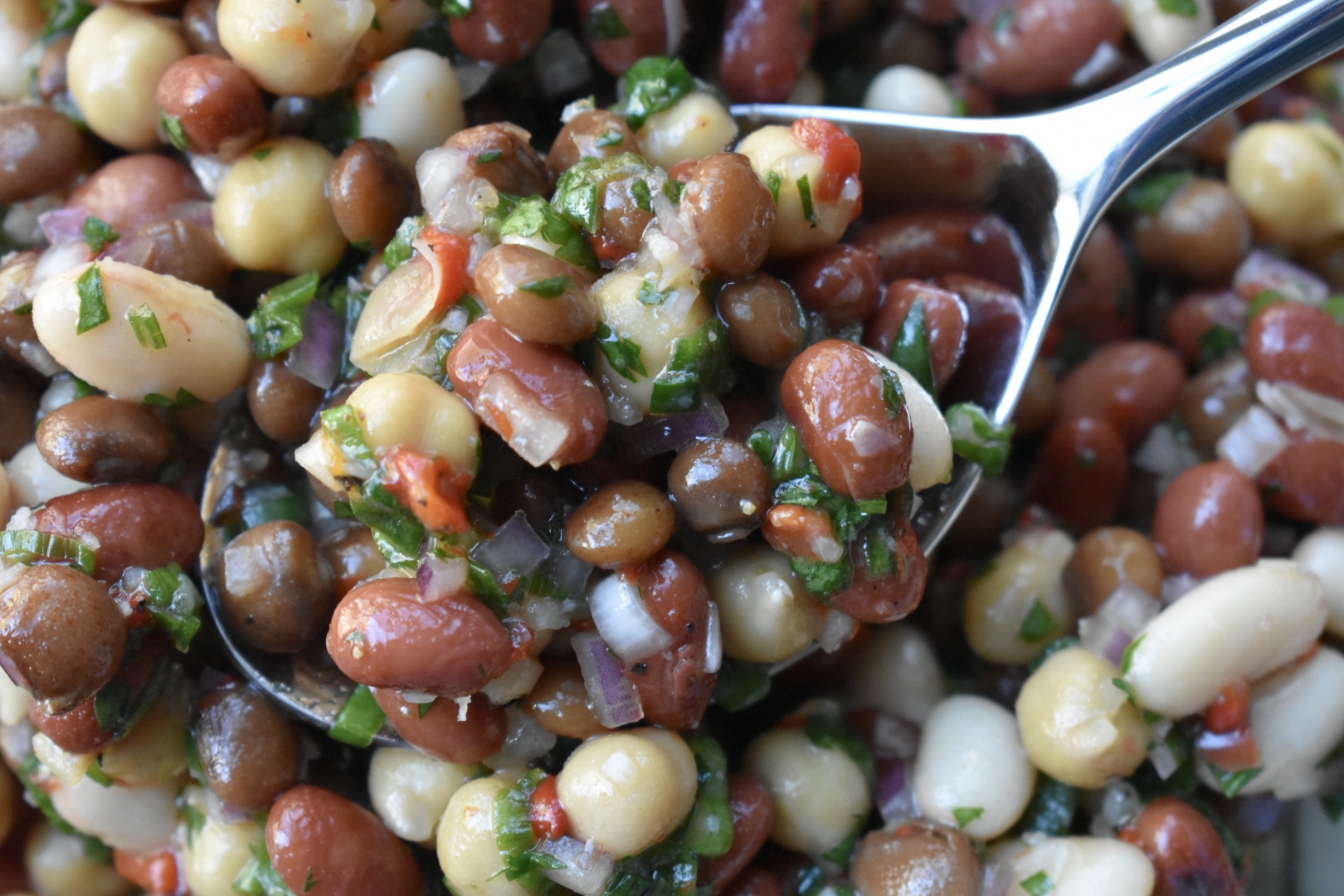"The Sofrito Project" was published in Active Cultures' Digest, Issue 08, February 2021.
Images: Photos by Reina Gascon-Lopez.
__
Reina Gascon-Lopez was born in Ceiba, Puerto Rico and was raised in Charleston, South Carolina, where she currently resides. She is the creator of The Sofrito Project, where she documents her culinary journey as a Southern Boricua. As a Southern Puerto Rican, Reina explores both her multiracial background and cultures through food and writing. Her work and words have been featured in VICE, SELF Magazine, The Post and Courier, and The Washington Post.
Images: Photos by Reina Gascon-Lopez.
__
Reina Gascon-Lopez was born in Ceiba, Puerto Rico and was raised in Charleston, South Carolina, where she currently resides. She is the creator of The Sofrito Project, where she documents her culinary journey as a Southern Boricua. As a Southern Puerto Rican, Reina explores both her multiracial background and cultures through food and writing. Her work and words have been featured in VICE, SELF Magazine, The Post and Courier, and The Washington Post.
The mighty pigeon pea, hailing from South Asia and cultivated and grown throughout Africa and the Caribbean, has spent a lot of time traveling to different countries and frequenting many tables. Pigeon peas, or gandules, are near and dear to many Caribbean folks' hearts. Throughout the diaspora, the peas are often cooked with rice or stewed with plantains, and often get very tender and creamy when braised for a long period of time, very similar to the way beans and stews are often prepared stateside. The well-known dishes of the islands go by many names: arroz con gandules, moro de gandules, pelau, rice and peas, or simply gandules.
Pigeon peas, like many other now-common ingredients in dishes of the diaspora, found their way to the Americas via the slave trade. Along with rice, plantain, coconut, and eggplant, pigeon peas have made a large impact on shared cuisines throughout the world and are often a staple food in many households. I find it exciting that a lot of the food Puerto Ricans eat can be directly traced back to West Africa—and in this case, with the gandules, to India. Learning about our connected culinary histories across the world has deepened my love of cooking and sharing my culture with others.
Along with sharing my culture, food memories form another big part of my life, centered on pigeon peas, rice dishes, and other traditional Puerto Rican recipes. I remember being no more than six years old, walking down a hill with a huge metal mixing bowl that was almost larger than me, heading to the corner of the yard where my grandfather grew his pigeon peas. We shucked them for what seemed like hours, talking and laughing together. Now, every single time I cook with pigeon peas, that memory comes to mind.
Accessibility is something else I keep in mind when I create recipes, especially since I often have difficulty finding pigeon peas and other common Caribbean-based ingredients where I live in Charleston, South Carolina. I can't just go into my back yard and grab pigeon peas the way we used to when I would visit family back in Puerto Rico, so I wanted to share my love of pigeon peas in a refreshing way that was a little different from the traditional rice dishes I grew up eating. Pigeon peas have a distinct flavor and they hold up well to slow-cooking and braising, but I often enjoy eating them in salads. This pigeon pea salad pairs well with roasted chicken or a simple seared pork chop, but can also easily be mixed into a beautiful, green salad as a flavor-packed topping.
Pigeon peas, like many other now-common ingredients in dishes of the diaspora, found their way to the Americas via the slave trade. Along with rice, plantain, coconut, and eggplant, pigeon peas have made a large impact on shared cuisines throughout the world and are often a staple food in many households. I find it exciting that a lot of the food Puerto Ricans eat can be directly traced back to West Africa—and in this case, with the gandules, to India. Learning about our connected culinary histories across the world has deepened my love of cooking and sharing my culture with others.
Along with sharing my culture, food memories form another big part of my life, centered on pigeon peas, rice dishes, and other traditional Puerto Rican recipes. I remember being no more than six years old, walking down a hill with a huge metal mixing bowl that was almost larger than me, heading to the corner of the yard where my grandfather grew his pigeon peas. We shucked them for what seemed like hours, talking and laughing together. Now, every single time I cook with pigeon peas, that memory comes to mind.
Accessibility is something else I keep in mind when I create recipes, especially since I often have difficulty finding pigeon peas and other common Caribbean-based ingredients where I live in Charleston, South Carolina. I can't just go into my back yard and grab pigeon peas the way we used to when I would visit family back in Puerto Rico, so I wanted to share my love of pigeon peas in a refreshing way that was a little different from the traditional rice dishes I grew up eating. Pigeon peas have a distinct flavor and they hold up well to slow-cooking and braising, but I often enjoy eating them in salads. This pigeon pea salad pairs well with roasted chicken or a simple seared pork chop, but can also easily be mixed into a beautiful, green salad as a flavor-packed topping.
Pigeon Pea Salad
Cook time: 40 minutes | Serves: 6-8Salad
1 15.5 oz can pigeon peas, drained and rinsed1 15.5 oz can great northern beans, drained and rinsed
1 15.5 oz can red beans, drained and rinsed
1 15.5 oz can garbanzo beans, drained and rinsed
1/4 cup roasted red pepper strips, drained and diced (set brine aside for dressing)
1/2 small red onion, finely diced
1 small bunch green onion, white bulbs removed (for regrowing or another recipe) and green tops thinly sliced
Large pinch kosher salt
Large pinch cracked black pepper
Dressing:
1/2 cup extra virgin olive oil1/4 cup roasted red pepper brine
3 tbsp rice wine vinegar
1 large lemon, juiced
4 garlic cloves, minced into a paste
2 tbsp honey or agave nectar
Small handful cilantro, leaves rinsed and chopped
Kosher salt, to taste
Cracked black pepper, to taste
In a large mixing bowl, combine the pigeon peas, great northern beans, red beans, and garbanzo beans together. Fold in the diced roasted red peppers, diced red onion, and sliced green onion. Season with kosher salt and black pepper. Set aside.
Then, in a pint-sized mason jar or plastic deli container, combine the extra virgin olive oil, red pepper brine, rice wine vinegar, lemon juice, garlic cloves, and honey. Cover with a tight fitting lid and shake well to combine everything together. Season to taste with kosher salt and black pepper and adjust to your liking. Gently stir the chopped cilantro into the dressing so it stays vibrant.
Next, dress the pea and bean mixture and stir well, making sure everything is tossed together. Cover with plastic wrap and let it hang out in the fridge for at least 30 minutes before serving. Enjoy with your favorite protein or on top of a big mixed green salad!



